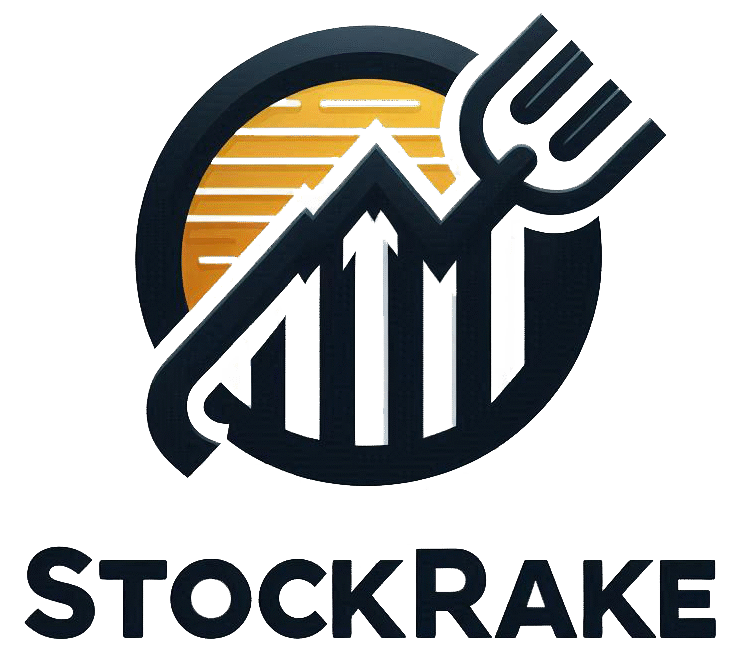When it comes to investing, there are two popular approaches people often talk about—growth investing and value investing. Some investors stick to one style, while others prefer to mix both in their portfolio for balance. But before you decide what’s right for you, it’s important to understand how these two strategies work and what makes them different.
Let’s break it down in simple terms so you can make a smart decision that fits your goals.
What’s the Difference Between Growth and Value Stocks?
Here’s a quick and easy comparison:

1. Definition
- Growth stocks are shares of companies expected to grow faster than average. These companies are usually expanding quickly and making more money year after year.
- Value stocks are shares of companies that seem to be undervalued by the market. Their stock prices are lower than what they’re really worth, and smart investors believe they’ll rise over time.
2. Price Tag
- Growth stocks often trade at higher prices because people expect big things from them.
- Value stocks are cheaper compared to similar companies because the market hasn’t fully recognized their potential yet.
3. Risk and Ratios
- Growth stocks tend to have higher P/E and P/B ratios, and while they might seem pricey, they’re generally seen as less sensitive to economic ups and downs.
- Value stocks have lower ratios and can deliver strong returns if the market catches up—but there’s always a chance they may stay undervalued.
4. Company Profile and Dividends
- Growth companies are often younger, tech-savvy, and reinvest their profits into expansion—so they usually don’t pay dividends.
- Value companies are more established and stable, and they often pay regular dividends to investors.
So, if you’re after fast gains and don’t mind a bit of risk, growth stocks might be for you. If you prefer stability and steady income, value stocks could be a better fit.

Also Read: What Does Market Cap Mean in Investing?
How to Spot Growth vs. Value Stocks

Growth stocks typically:
- Have low or no dividend payouts
- Show high valuations (like high P/E or P/B ratios)
- Are favored for their strong revenue and earnings growth
Value stocks usually:
- Have low debt and strong balance sheets
- Show reasonable P/E ratios
- Deliver steady returns and consistent earnings
For example, if a stock has a return on equity (ROE) over 12% and return on capital employed (ROCE) above 14%, with both numbers close to each other, it may signal a strong value stock with efficient operations.
Value vs. Growth: A Quick Summary
| Feature | Value Stocks | Growth Stocks |
|---|---|---|
| Price | Undervalued | Overvalued or high |
| Dividends | Often high | Low or none |
| P/E Ratio | Low | High |
| Volatility | Lower | Higher |
What Is Value Investing?
Value investing is about finding good companies whose stock prices are temporarily low. The idea is that the market hasn’t caught on yet—and when it does, the price will rise. These companies may be going through a rough patch, but investors believe they’ll bounce back.
The risk? Sometimes the stock doesn’t go up as expected, or it takes a long time to recover.
What Is Growth Investing?
Growth investing focuses on companies that are already doing really well and expected to keep growing. These stocks may already be expensive, but investors believe they’ll continue climbing.
The downside? If anything unexpected happens—like a bad earnings report or market crash—these stocks can fall hard.
Some investors wait for a stock split to buy growth stocks at a more affordable price.

Also Read: Should You Pay Off Debt or Invest First?
Can a Stock Be Both Growth and Value?
Surprisingly, yes! A stock can start as a value pick and become a growth stock as the market realizes its potential. The opposite can also happen if a popular growth stock falls out of favor and becomes undervalued.

At the end of the day, both strategies aim for the same thing: buy low, sell high. The difference is just in the path they take.
Why Not Invest in Both?
Sometimes the market favors growth stocks; other times, value stocks lead. Since no one can predict the market perfectly, it’s often smart to have both types in your portfolio.
This gives you:
- Better diversification
- A balance of risk and reward
- More consistent performance over time
Just make sure to rebalance your portfolio now and then to stay aligned with your strategy.
Common Myths About Growth and Value Investing
Let’s clear up a few things:
- “You have to pick one.” Not true. You can—and often should—invest in both.
- “Growth is only for tech, value is only for finance.” While tech stocks often dominate growth portfolios and finance stocks are common in value investing, this isn’t a rule. Great picks can be found in any industry.
- “If I have a job, I can’t be a value investor.” Your income doesn’t determine your investment style—your goals do.

Also Read: How Did Tech Stocks React to the Recent Earnings Reports?
Final Thoughts
Whether you’re drawn to the excitement of high-growth companies or the steady returns of undervalued ones, both styles have their place. The key is to understand your goals, assess your risk tolerance, and build a portfolio that suits your needs.

